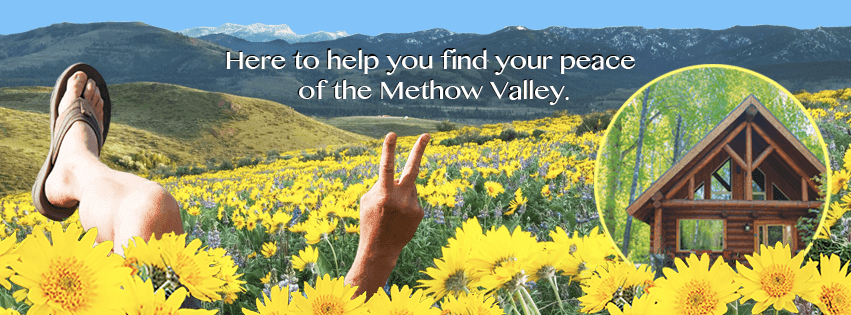The Columbia River and its meandering path through the Pacific Northwest makes it the largest river west of the Rocky Mountains releasing 2.2 billion cubic feet of water into the Pacific Ocean every day. At 1200 miles long it produces more hydroelectric power than any other river in all of North America and in the 18th century the river was home to over 15 million spawning salmon.
After facing near extinction in the 20th century from over fishing, water contamination, dam construction and overall human neglect this August reported record levels of Salmon returning to the mouth of the Columbia River with close to 3 million fish arriving, things are looking up for Salmon in the 21st century.
Salmon are anadromous species this means they are born in freshwater and then migrate to saltwater only to return to their freshwater birthplace to spawn. This is the ultimate survival of the fittest story where you hope to find the toughest, strongest and luckiest 1% of Salmon to complete the journey and pass their genes on to the next generation.
For Salmon born in the Methow Valley this is a 600 mile transformational process that involves maneuvering through 9 hydro-electric dams and avoiding countless animal and human predators all along the way. Much like the people who call the Methow Valley home survival of the fittest is now a team effort.
For the Salmon this team now includes humans whom are both responsible for making it dam (did we say that) hard for the salmon to swim back home to spawn and are responsible for the hatcheries that help nature along by making lots of baby salmon. Other conservationists help the salmon along by making it easier for them to “climb” back up the river using a series of stair-like objects to get them around the dams so they can arrive at their sacred spawning grounds.
So if you are interested in viewing and experiencing who the strongest, toughest, smartest top 1% of the Salmon species are you will want to visit the Methow Valley in September, where the habitat restoration efforts include river art, log jams and two pedestrian bridges for easy Salmon sightings.
To clarify I do not eat Salmon anymore. Call me a Salmon cheerleader. In our family we are split evenly: two for eating salmon and two against.
The half of my family that eats salmon supports a multi-billion dollar industry in the Pacific Rim (including Japan, Korea, the Pacific Northwest, and Alaska) that supports the livelihood of fishermen, hatchery owners, canning companies, and tourism to the tune of tens of thousands of jobs, these individuals need to be celebrated and congratulated as they are now aiding in what is looking to become another endangered species success story.






